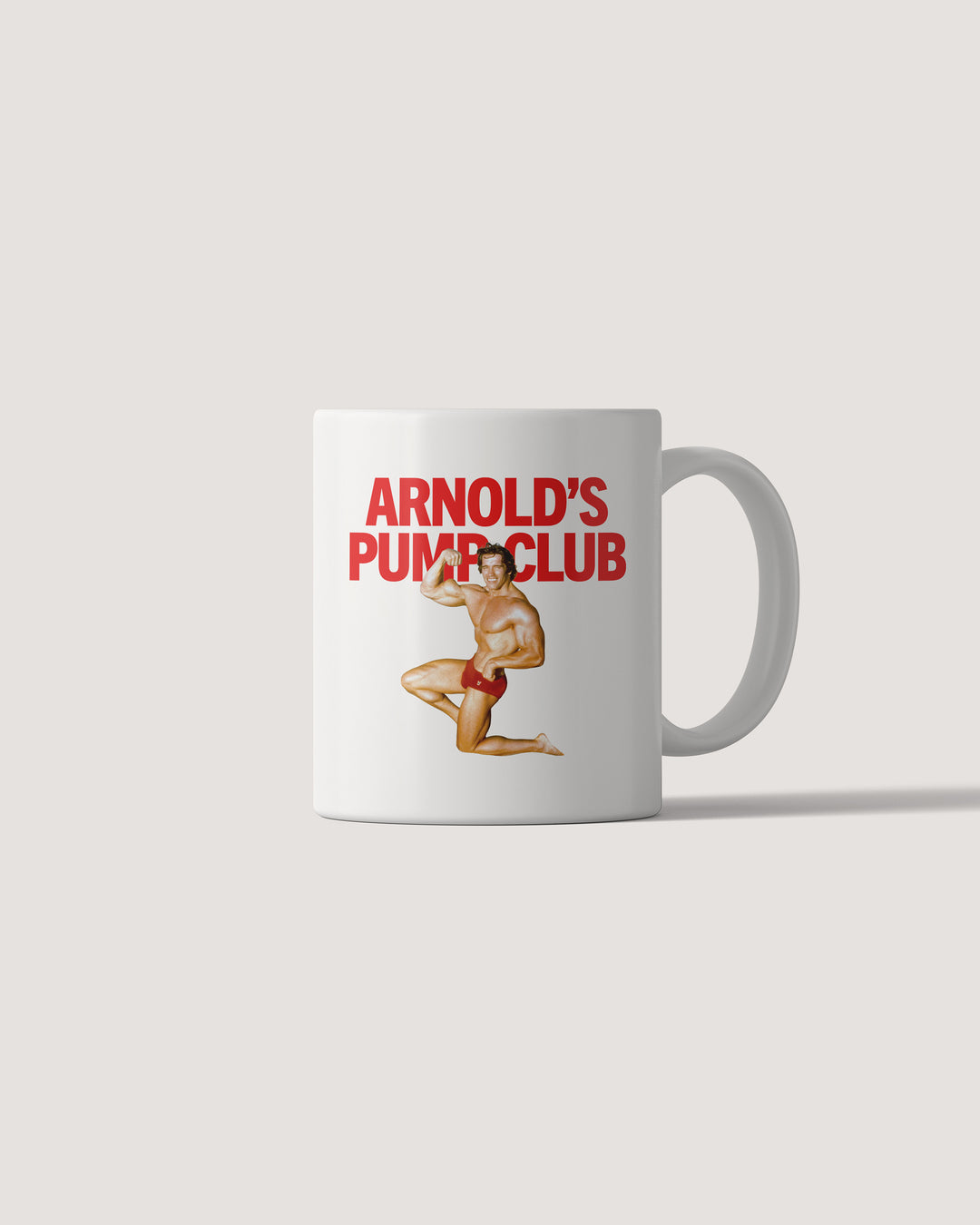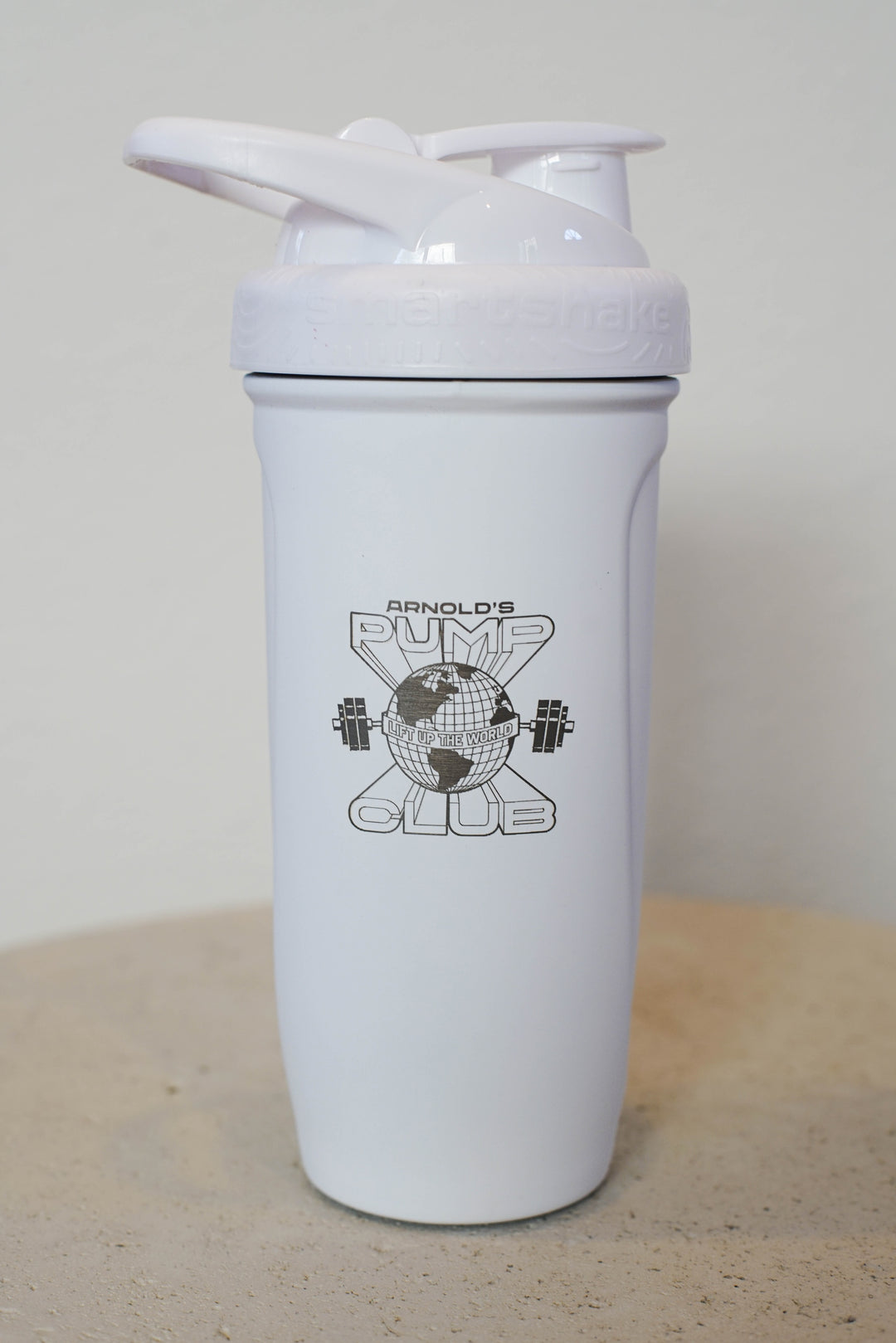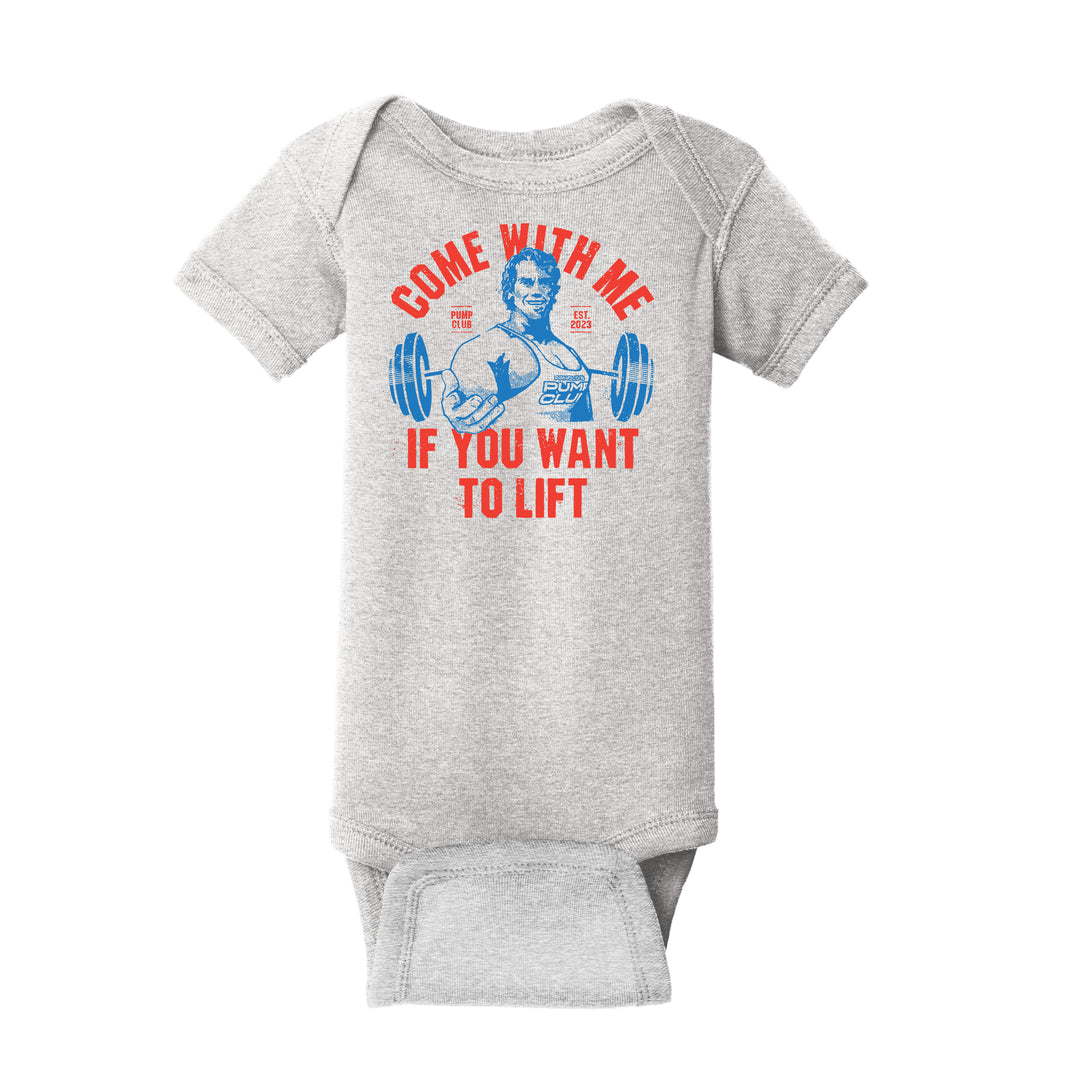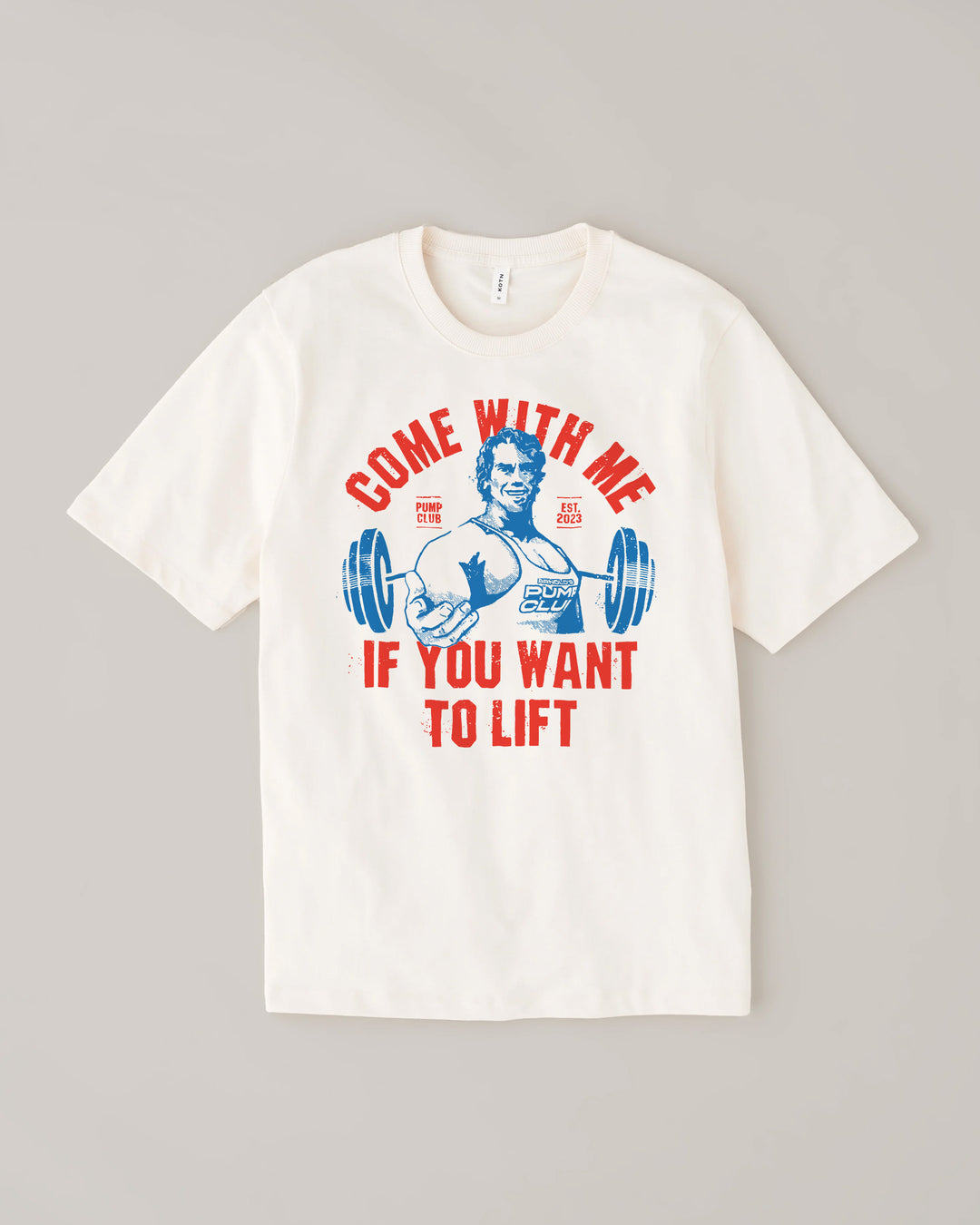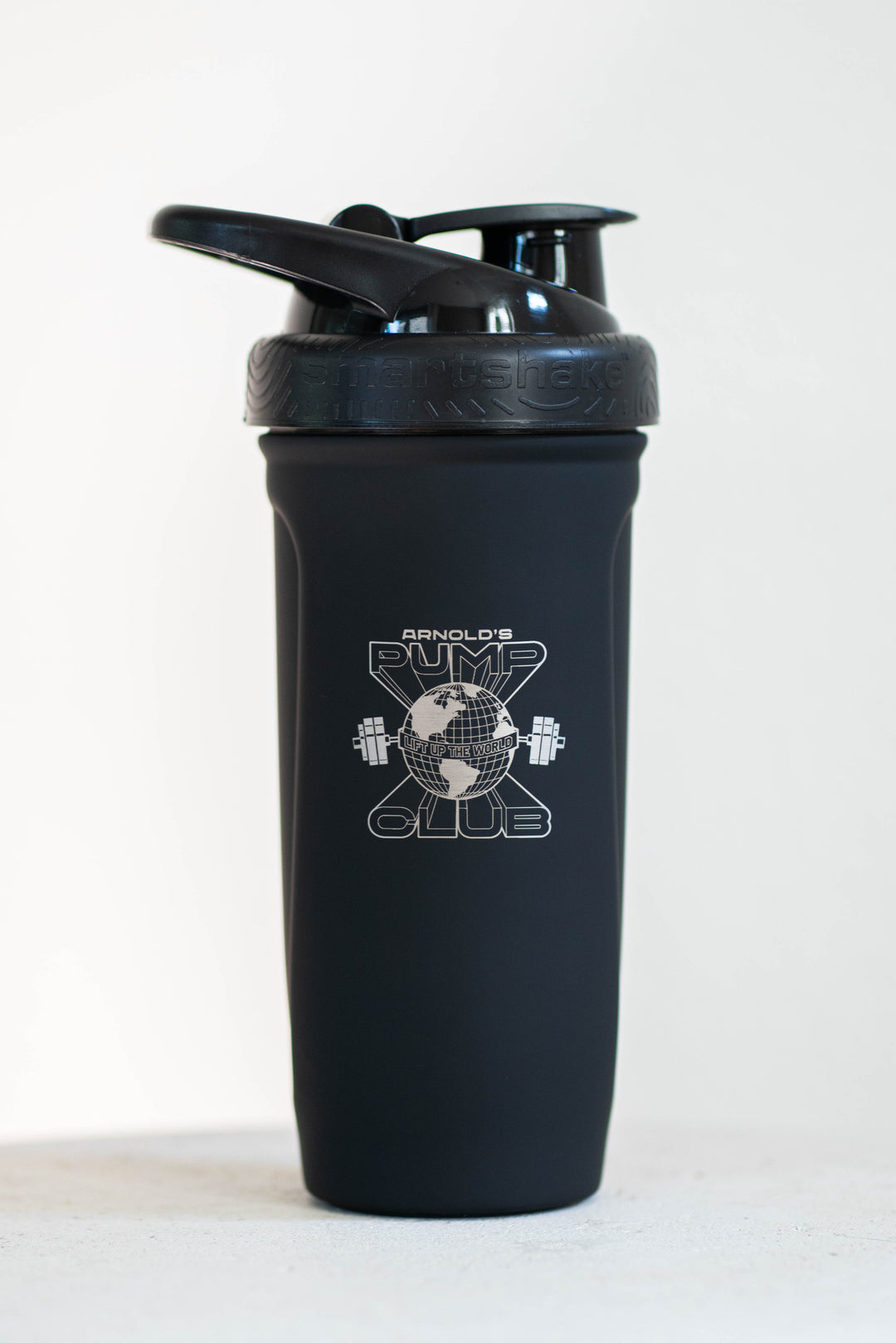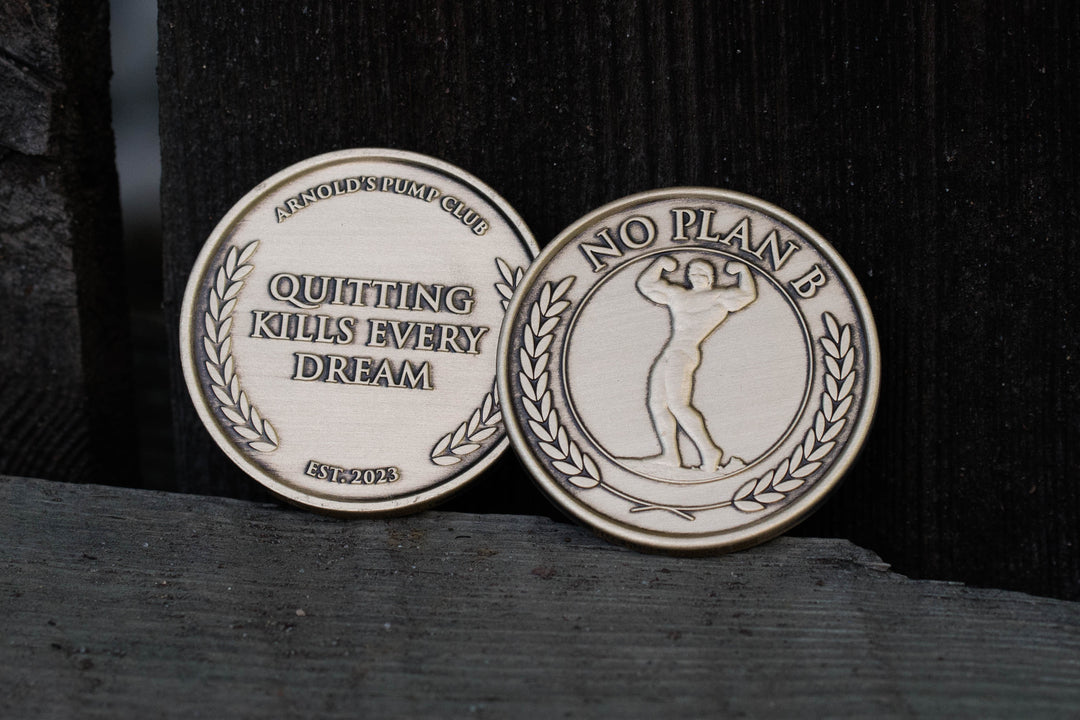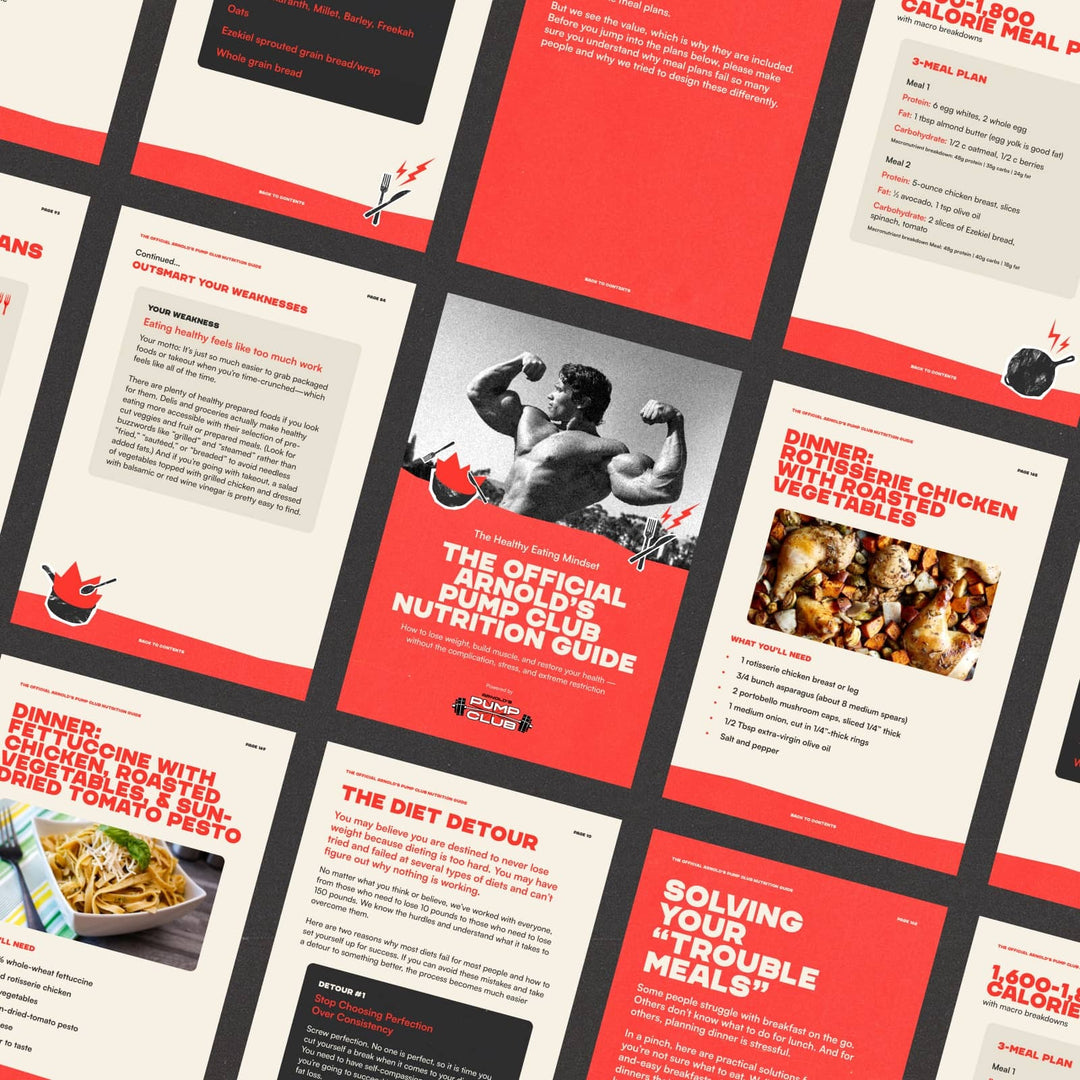Welcome to the positive corner of the internet. Every weekday, we make sense of the confusing world of wellness by analyzing the headlines, simplifying the latest research, and offering quick tips designed to make you healthier in less than 5 minutes. If you were forwarded this message, you can get the free daily email here.
Today’s Health Upgrade
The plastic problem
Do pre-workout cherries = post-workout recovery?
Hacking longevity
Arnold’s Podcast
Want more stories from Arnold? Every day, Arnold’s Pump Club Podcast opens with a story, perspective, and wisdom from Arnold that you won’t find in the newsletter. And, you’ll hear a recap of the day’s items. You can subscribe on Apple, Spotify, Google, or wherever you listen to podcasts.
Do We Have A Plastic Problem?
When reviewing research, it’s important to remember that correlation does not equal causation. But sometimes, where there’s smoke, there’s a good reason to take precautionary actions to avoid a fire.
A recent study found that people with higher levels of microplastics in their blood were 4.5 times more likely to suffer from heart attack, stroke, or death.
The hard part about microplastics is that they are everywhere in our environment. Research suggests that we are exposed to tens of thousands of microplastic particles every year. But your body and immune system can fight them and protect you, so there’s no need to fear some exposure. But we’re still learning what happens over time with higher exposure, which makes the latest study worth your attention.
Those with microplastics and nanoparticles in their plaque had a 353 percent higher risk of cardiovascular health issues, even when considering cardiovascular risk factors.
To be clear, the study did not measure cause and effect, so scientists are limited in what they can claim.
The real takeaway: plastics have been used in almost everything for too long when other alternatives exist. If you can reduce your use of plastics — even with small decisions like not using plastic cutting boards, not microwaving food in plastic containers, or limiting the use of plastic water bottles — then you can take control of your exposure and limit the potential for accumulation and risk.
Do Pre-Workout Cherries Improve Post-Workout Recovery?
The foundation of exercise recovery includes sleep, diet, movement (low intensity, like walking), and hydration. But there might be a few other simple behaviors that can also help.
A recent review found that cherries could help you bounce back faster from your hardest workouts.
Scientists reviewed 14 studies and found that cherry juice improves muscle strength recovery and muscle soreness and helps with muscle damage and inflammation. There’s also emerging evidence that it could also reduce mental fatigue, exhaustion, and blood pressure.
While most research focuses on tart cherries, a deeper dive suggests any type of cherries might be effective. The secret ingredient in cherries appears to be anthocyanins, a powerful antioxidant that offers anti-inflammatory benefits. And anthocyanins are found in all cherries, not just the tart ones.
There’s no shortage of cherry supplements available. But, if you want to eat your way to recovery, you could also load up on cherries. Research suggests that to get the nutrients your muscles need, you need to eat approximately 100 cherries.
But there appears to be a catch: if you want the recovery benefits, you can’t simply enjoy cherries or cherry juice after your workout. Research suggests that cherries need to be consumed daily to hit a “critical mass” and might be more effective if consumed before your workouts.
The Real Longevity Hack
Forget the pills, powders, and biohackers. If you want to age gracefully, pay more attention to how often you use your gym membership.
Research suggests maintaining strength and building muscle is one of the best investments you can make if you want to live to old age.
The study observed the well-being of people for nearly 45 years and found that being active and strong was one of the three best determinants of longevity. The other two traits are avoiding chronic diseases and not smoking.
The relationship between strength and longer life isn’t just a coincidence. Other studies have found that strength training can help protect your body against disease and cellular damage that occurs as you age.
And it’s not just about your workouts when you were younger. You could argue that resistance training becomes increasingly important as you age. On average, you’ll lose about 8 percent of muscle mass every decade after age 40. But you can offset or reverse that trend with consistent strength training. Scientists have found that the protective health benefits of training extend into your 90s.
Research even suggests that your metabolism doesn’t downshift until after you hit 60 — but you start seeing your body change dramatically in your 40s and 50s because of your exercise behaviors, sleep, and diet change. The same applies to women. While hormones undeniably change, this affects your cravings, mood, and energy levels. So, it makes it harder to stay active and manage what you eat, but that doesn’t mean your metabolism turns its back on you.
In other words, menopause can affect hunger and how you feel, making you eat more food and exercise less. However, according to research and top experts, the metabolism changes don’t happen because of menopause — they happen because peri-menopause and menopause cause shifts in behaviors that result in less lean mass (muscle) and more fat. This is a normal but very frustrating shift. And it’s why many researchers and experts recommend strength training for women as they age to help offset the behavioral changes.
One study followed menopausal women for six years, and those who consistently performed resistance training did not lose muscle, gain fat, or see any changes in their metabolism.
If you need help getting started, the positive corner of the internet can lift you up. Check out The Pump app, which offers workouts from beginner to advanced and caters to your needs. It provides daily support and guidance, and that’s why it’s helped tens of thousands lose fat, build muscle, and become healthier than ever.
You can unlock the benefits of strength training with as little as two to three workouts per week.
—
Publisher: Arnold Schwarzenegger
Editors-in-chief: Adam Bornstein and Daniel Ketchell


























